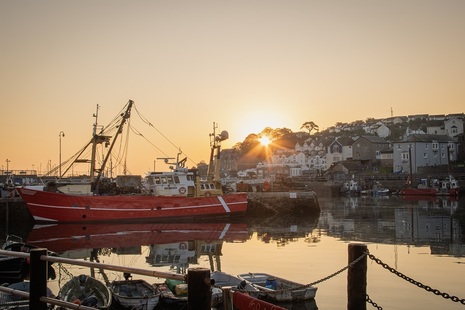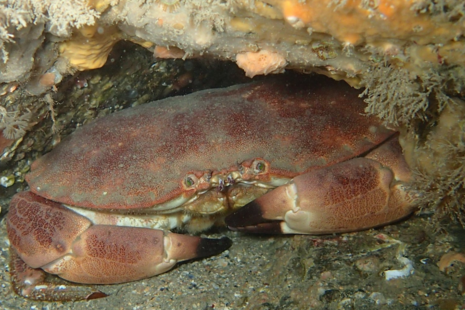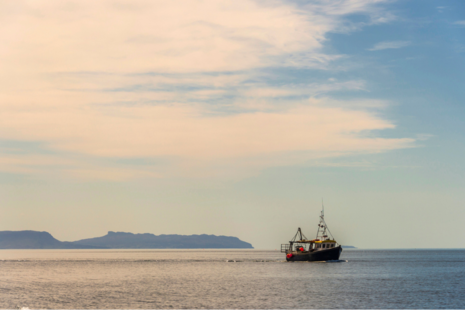Marine Management Organisation
Management
Organisation
Featured
News story
Fish, Trace, Ship - Three weeks to go, UK seafood industry must be ready by 8 January
With just three weeks remaining until new EU Illegal, Unreported and Unregulated (IUU) fishing regulations come into effect, all fishermen, seafood processors, exporters and transporters are being urged to act now before time runs out.

Press release
Harmonisation of brown crab sizes across the South West update
The decision on proposed harmonisation of brown crab minimum conservation reference sizes (MCRS) in English waters of the South West, has been published.

News story
Atlantic Bluefin Tuna Catch-and-Release Recreational Fishery 2026: Trainers Wanted
The Marine Management Organisation (MMO), in partnership with the Angling Trust, Cefas, Natural England and Defra, is supporting the delivery of the 2026 Atlantic Bluefin Tuna (BFT) Catch-and-Release Recreational Fishery (CRRF) in England. As this fishery continues to grow in popularity, we are committed to ensuring it operates to the highest standards of fish welfare, safety, and professionalism.

News story
New seafood export requirements will apply from 8 January 2026
The UK will require seafood exporters to provide new information to generate IUU documentation through the Fish Export Service (FES) from the evening of 8 January. This change comes slightly earlier than the EU’s requirement, which takes effect on 10 January. We’ve chosen this earlier date to avoid launching changes over a weekend and to ensure we can provide the best possible support when the new rules go live.

News story
Fishing industry 2024 statistics published
The Marine Management Organisation (MMO), on behalf of the UK Fishing Authorities, has published its annual UK Sea Fisheries Statistics for 2024.

News story
Fish, trace, ship – don’t be caught out
The Marine Management Organisation (MMO) is advising the UK seafood industry to urgently check out the EU’s expanded definition of processing to make sure businesses are not caught out from 10 January 2026.

Latest from Marine Management Organisation
What we do
The Marine Management Organisation (MMO) was created in 2009 by the Marine and Coastal Access Act.
MMO is an executive non-departmental public body, sponsored by the Department for Environment, Food & Rural Affairs.
Follow us
Documents
Transparency and freedom of information releases
Our management













Contact MMO
Head office address
Tyneside House
Skinnerburn Rd
Newcastle upon Tyne
Tyne & Wear
NE4 7AR
United Kingdom
MMO helpline
0300 123 1032
The Helpline is open 9am - 4:30pm (Monday - Thursday) and 9am - 4pm (Friday). For queries out of hours please contact us at the above email address and we will respond the next working day.
Make a Freedom of Information (FOI) request
- Read about the Freedom of Information (FOI) Act and how to make a request.
- Check our previous releases to see if we’ve already answered your question.
- Make a new request by contacting us using the details below.
Access to Information
Tyneside House
Skinnerburn Rd
Newcastle upon Tyne
Tyne and Wear
NE4 7AR
United Kingdom
Telephone
0300 123 1032
Use the following guidance to request information under the Environmental Information Regulations (EIR) 2004, the Freedom of Information Act (FOIA) 2000 or the Data Protection Act (DAP) 1998.
Corporate information
Jobs and contracts
Our Personal information charter explains how we treat your personal information. Find out About our services.